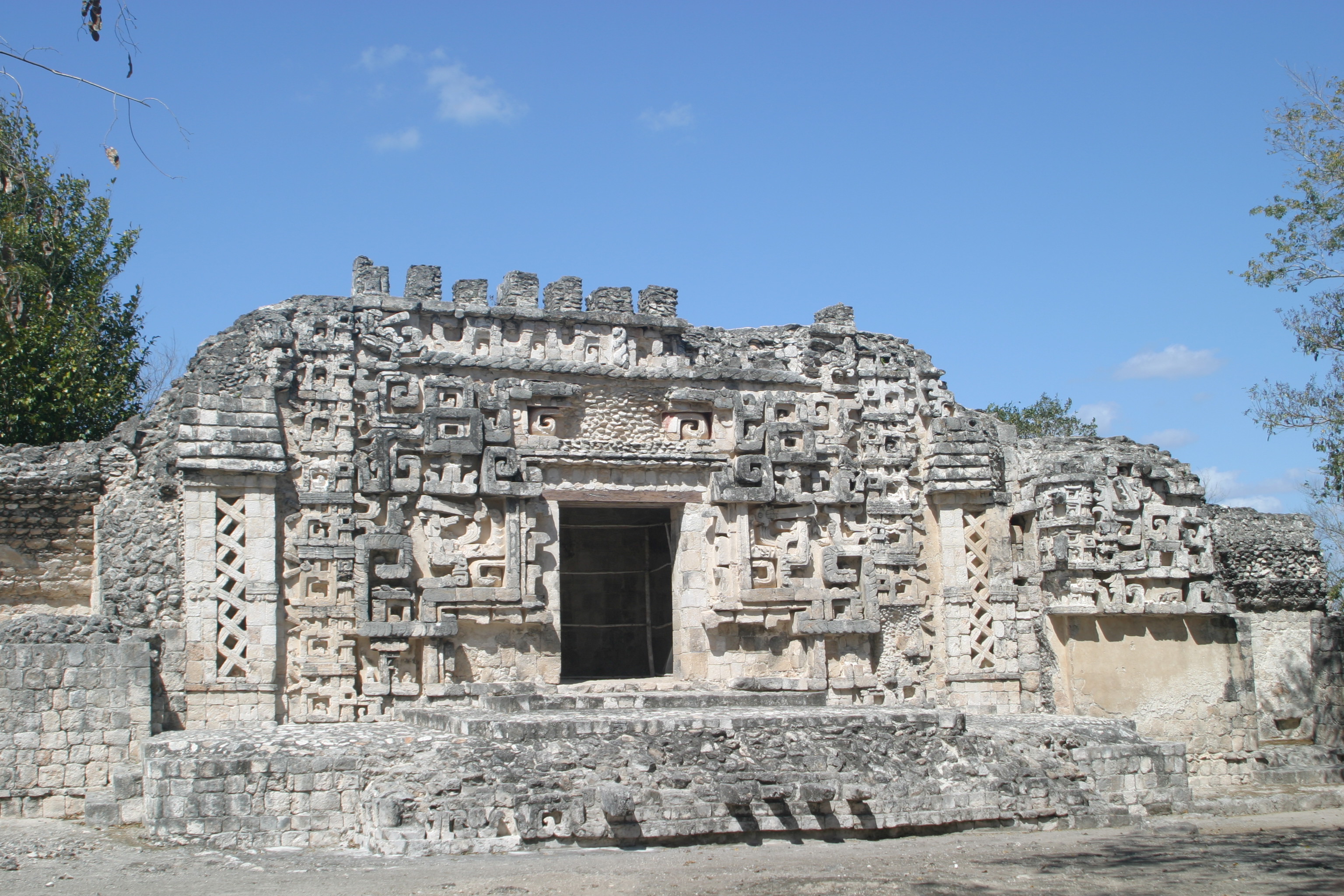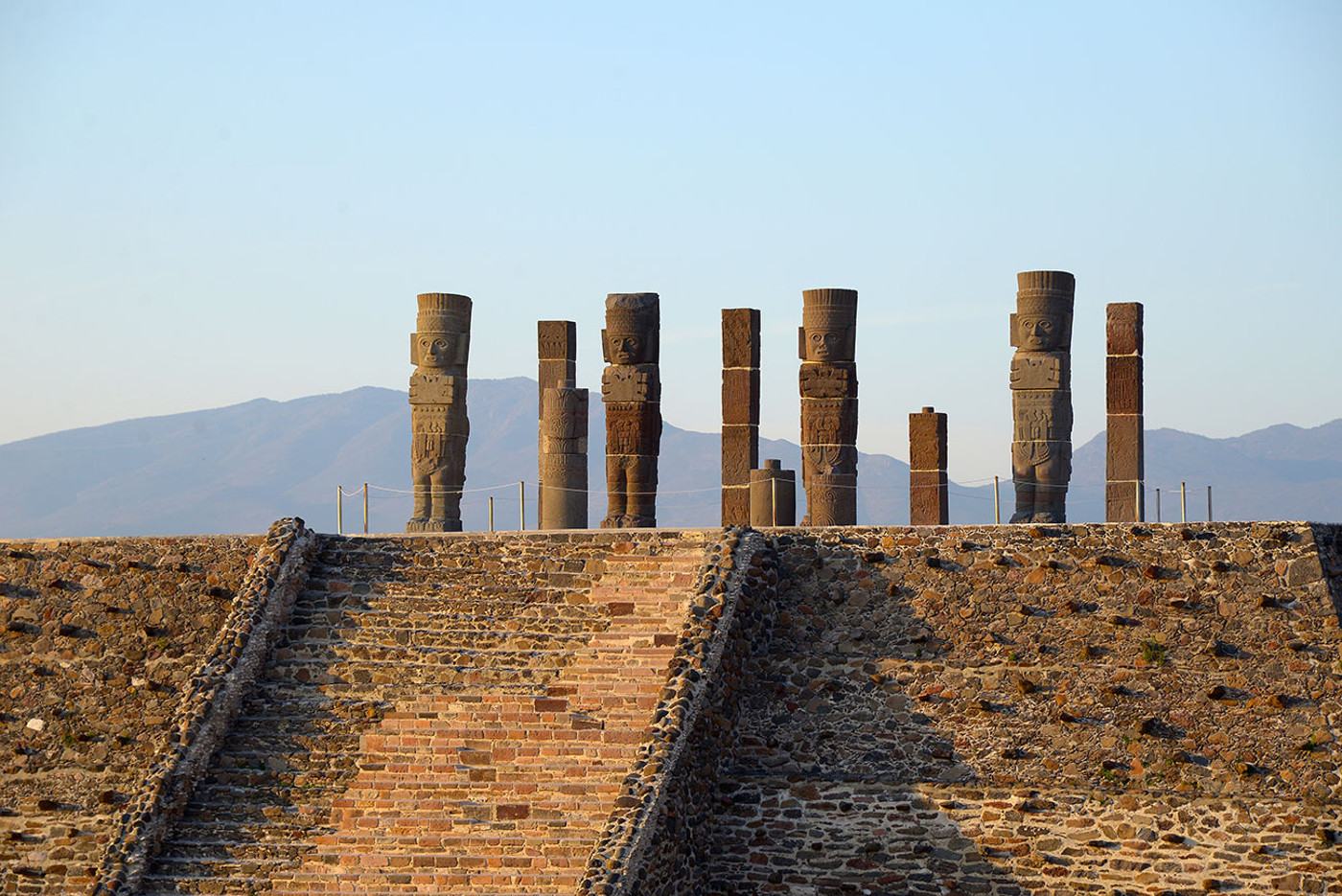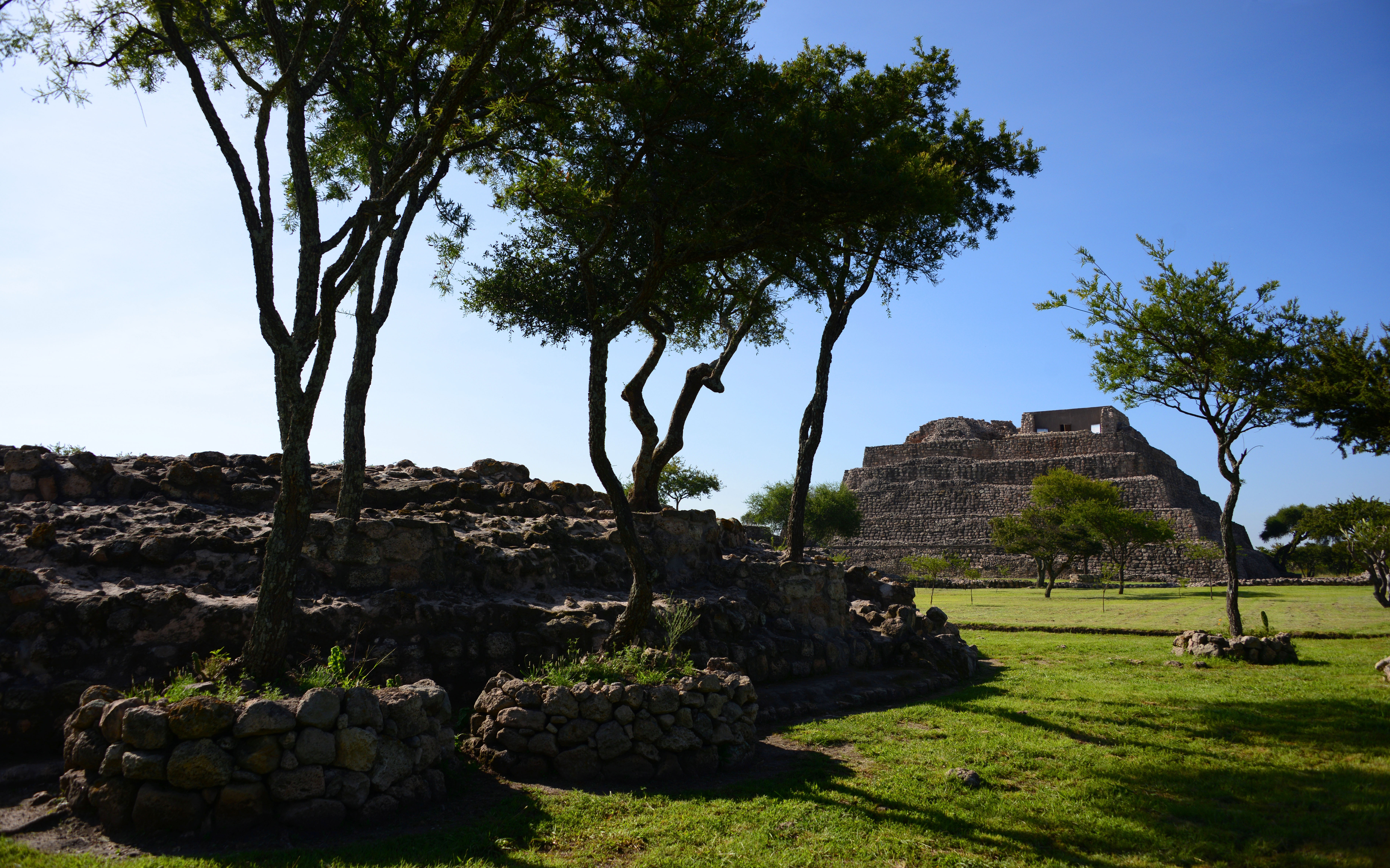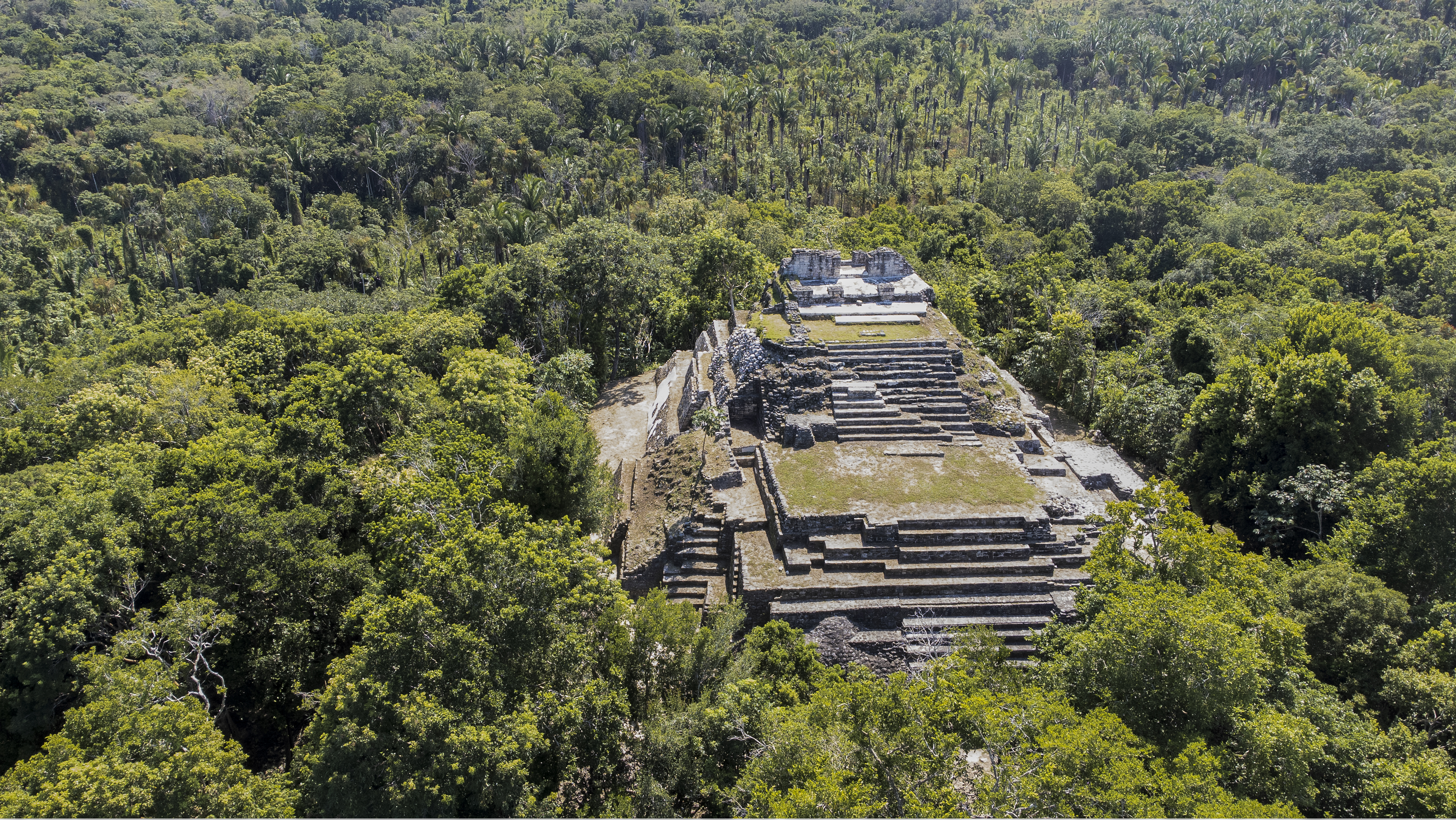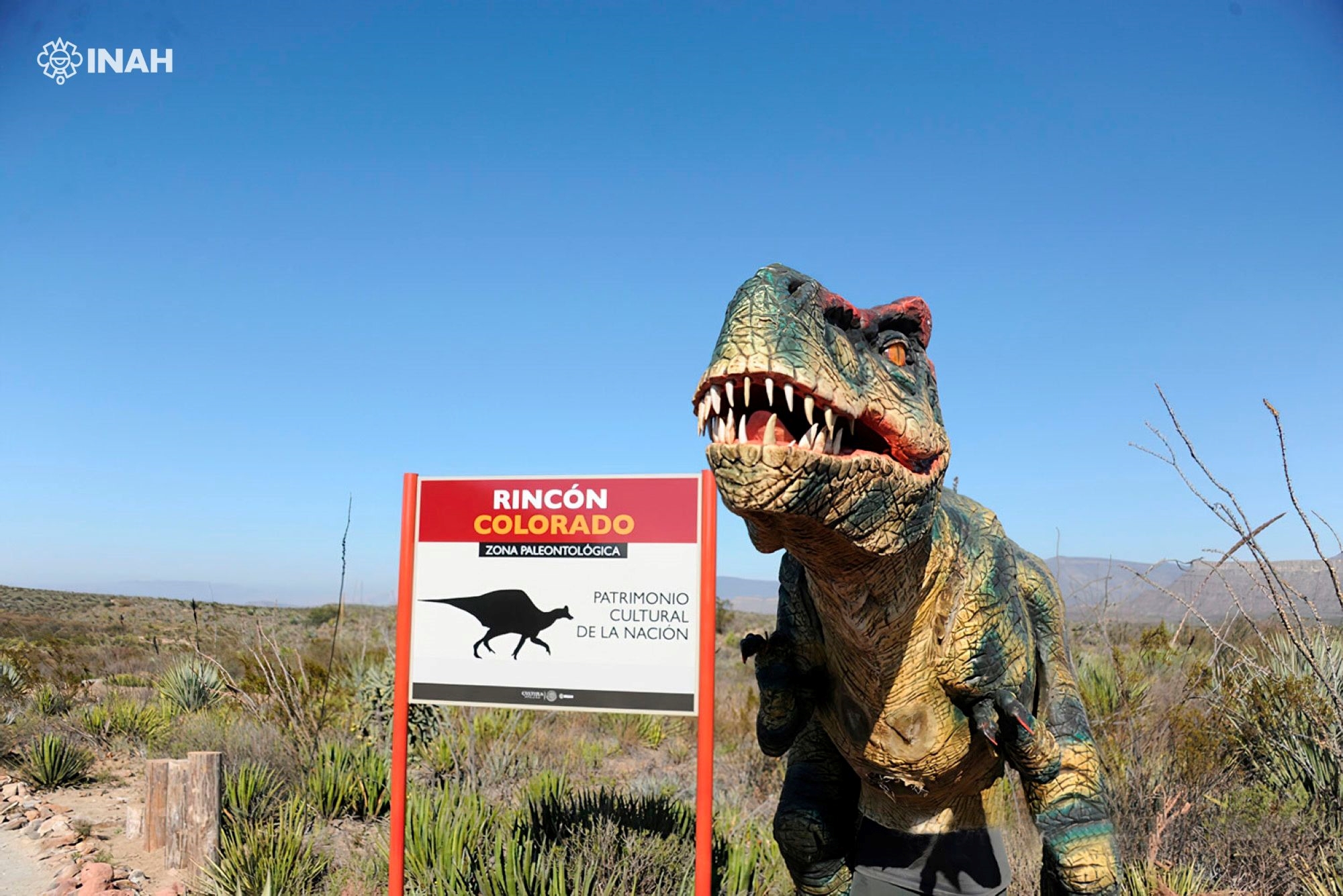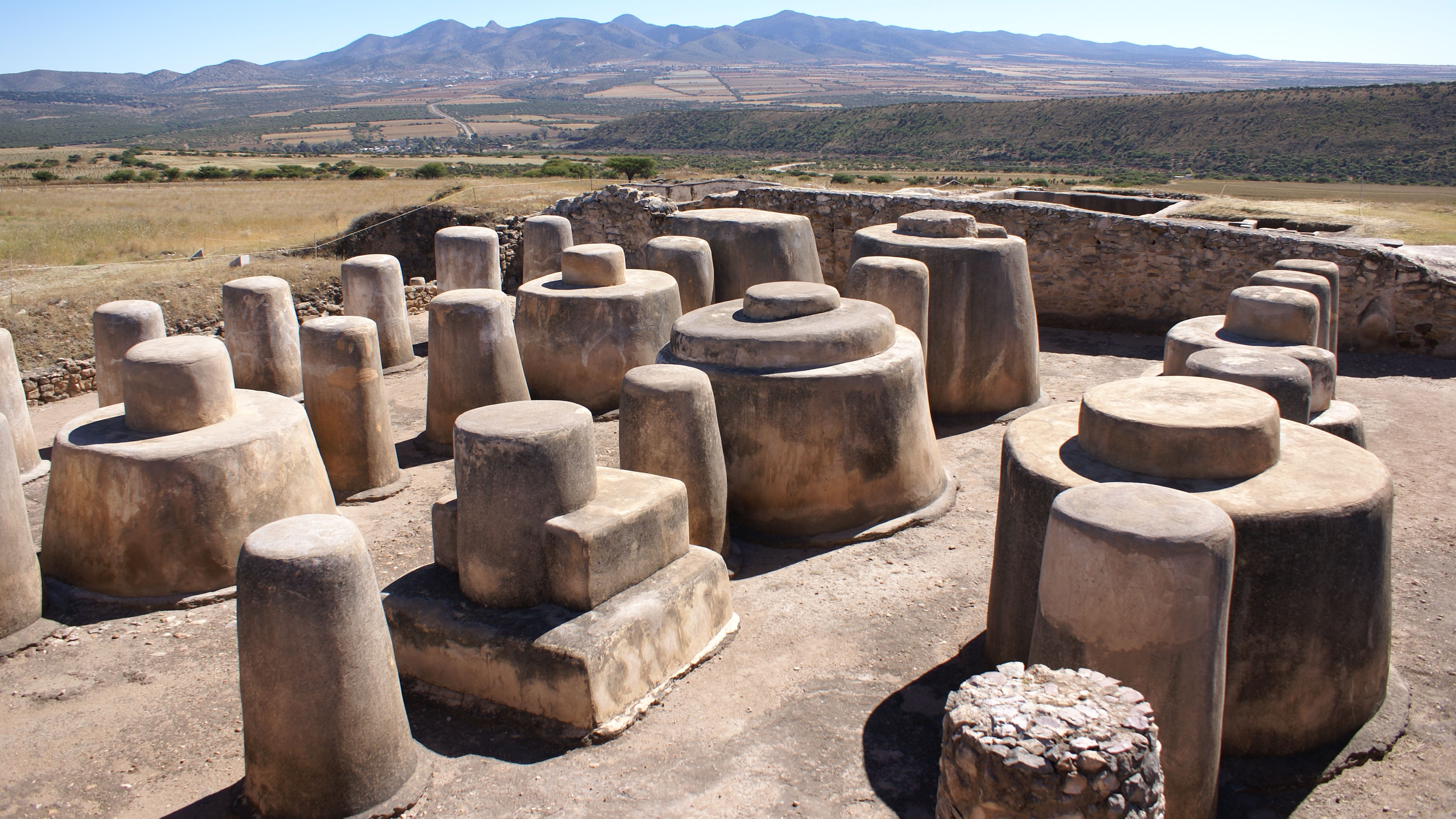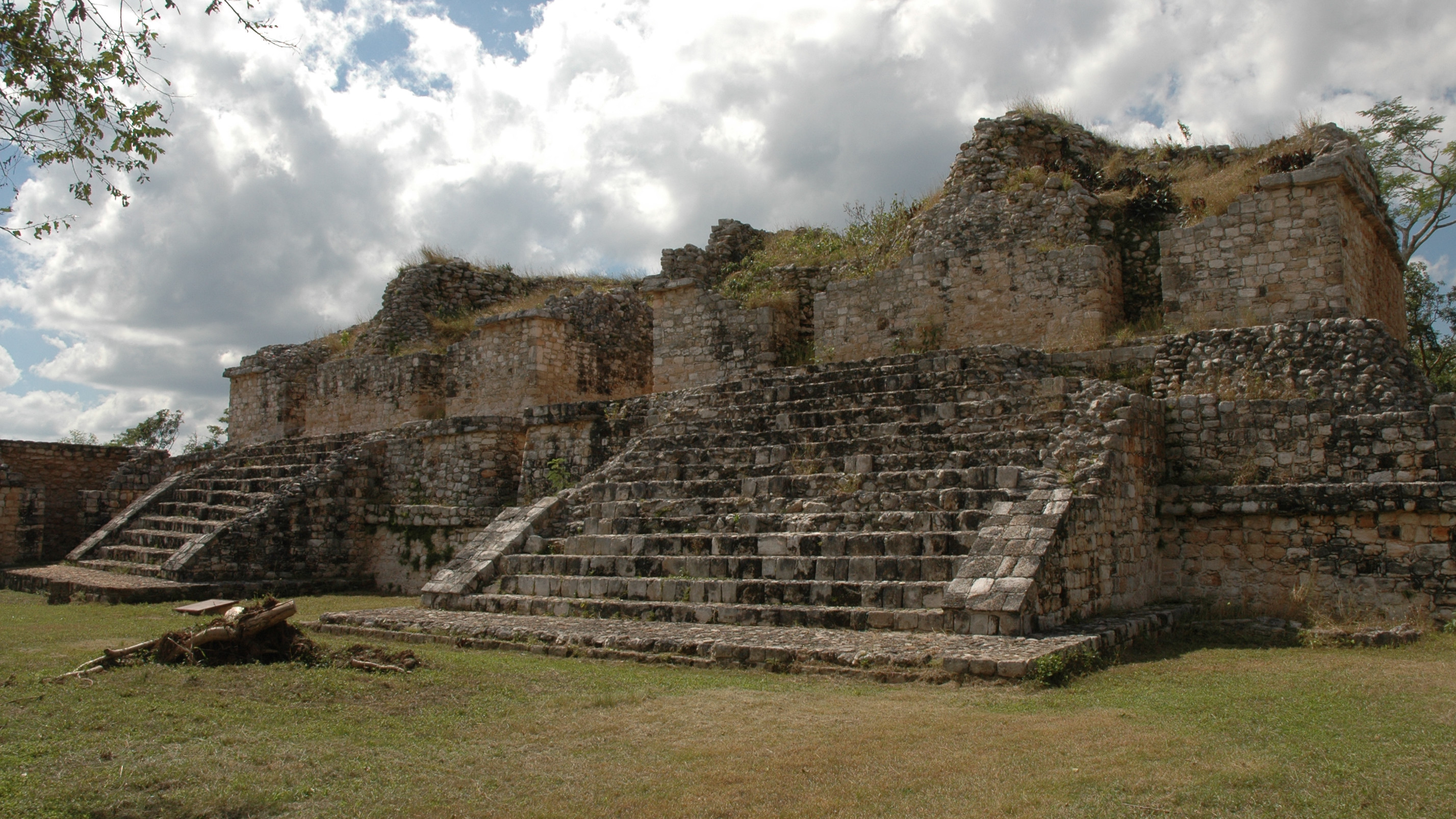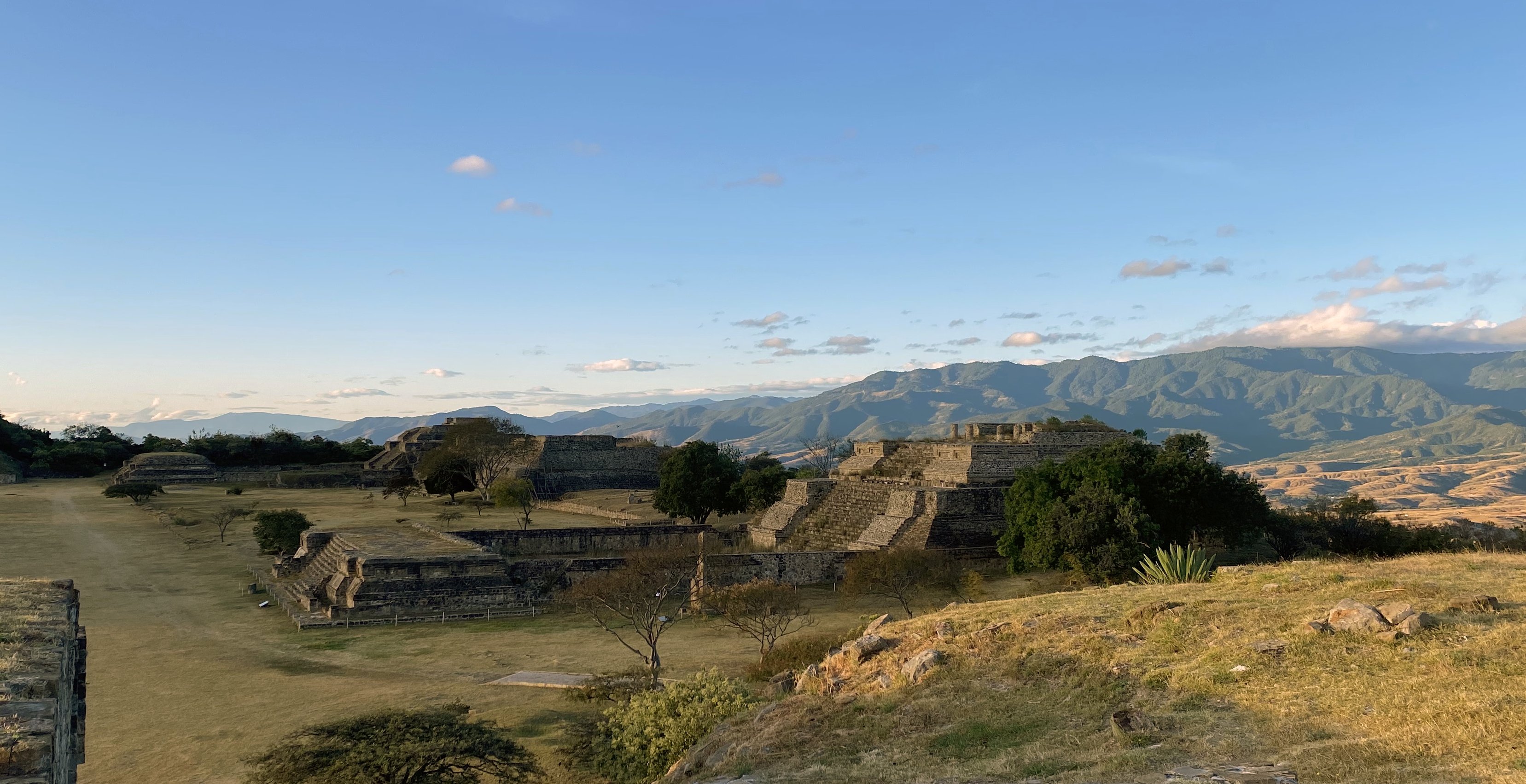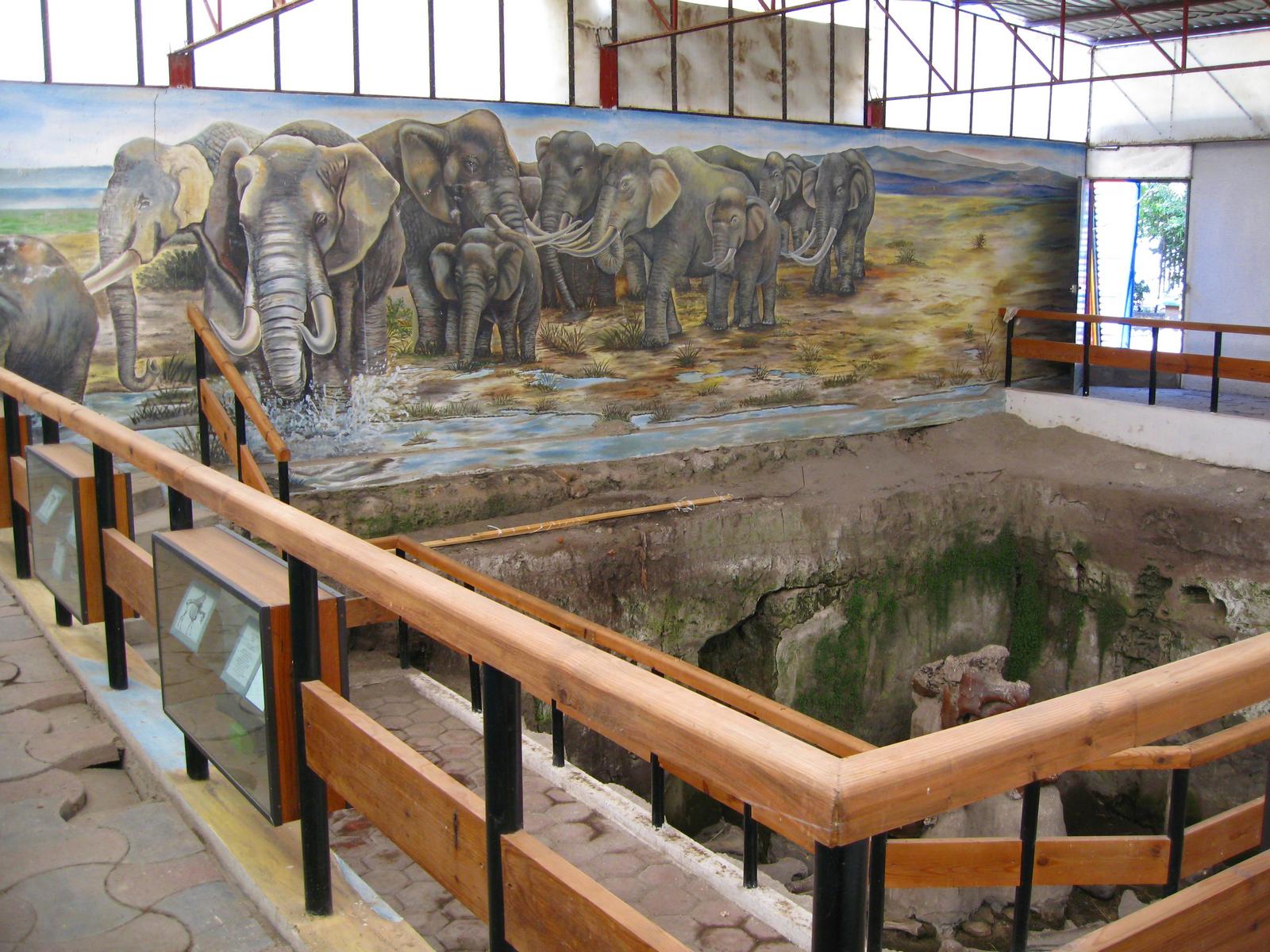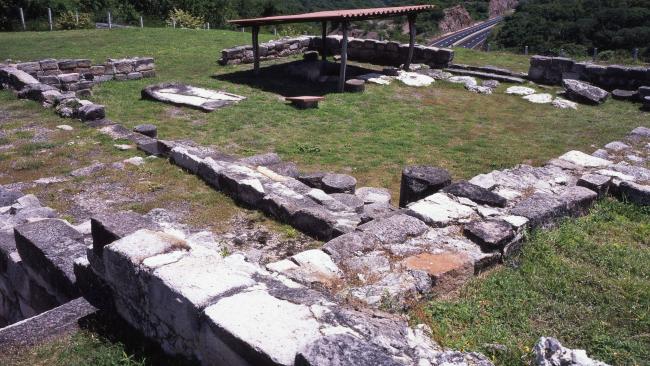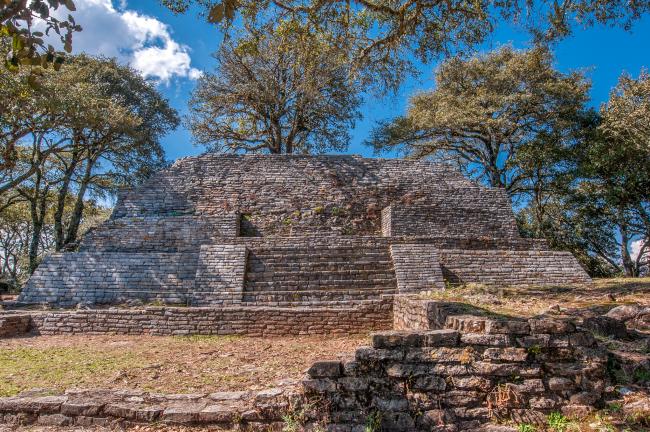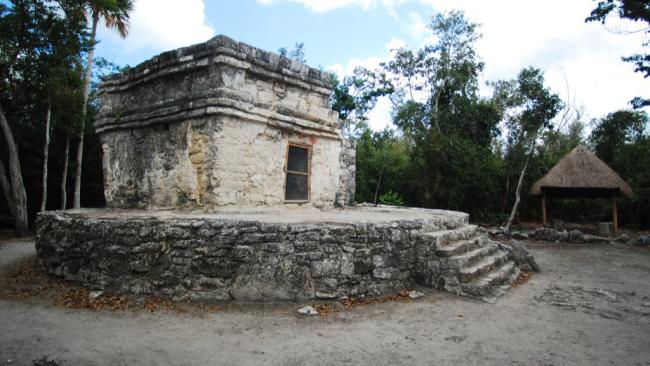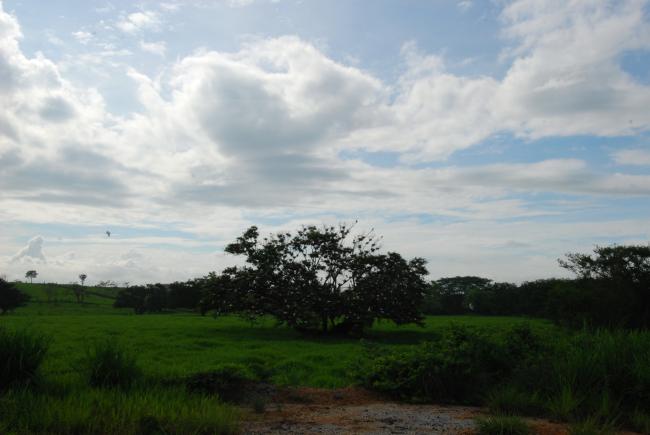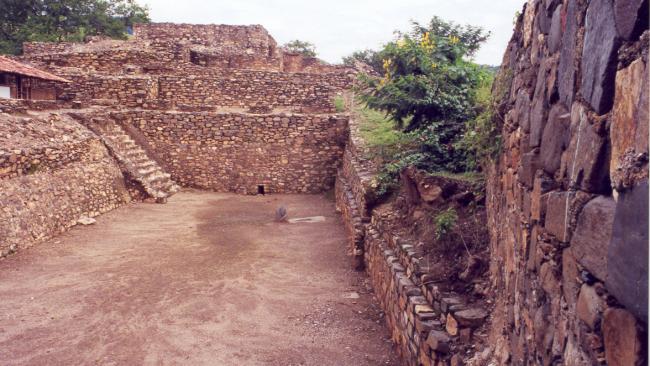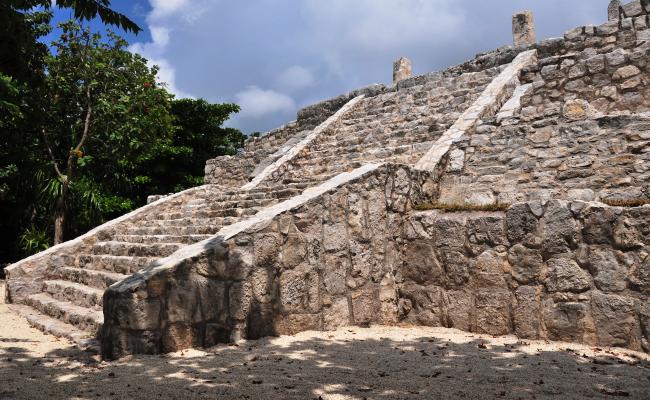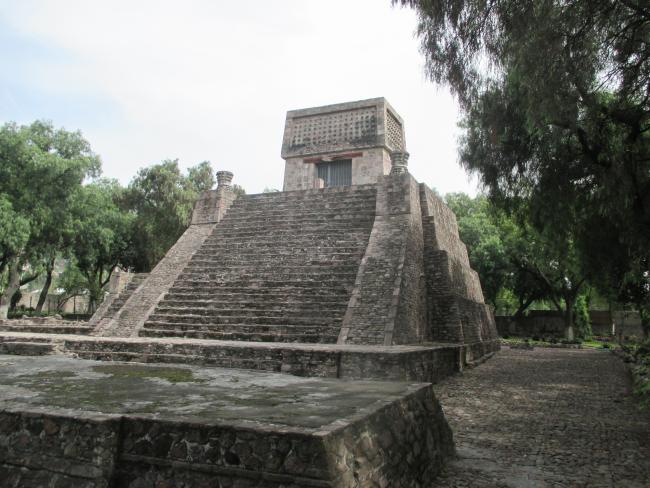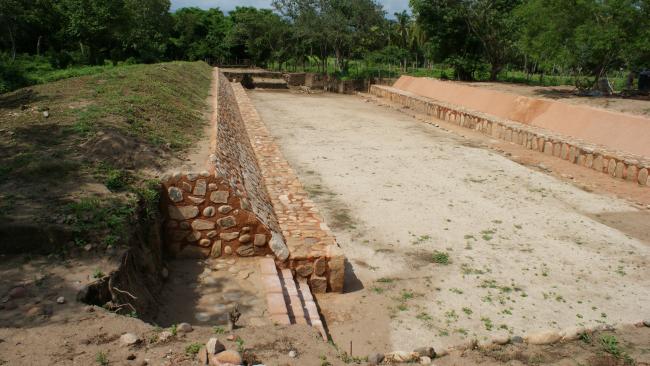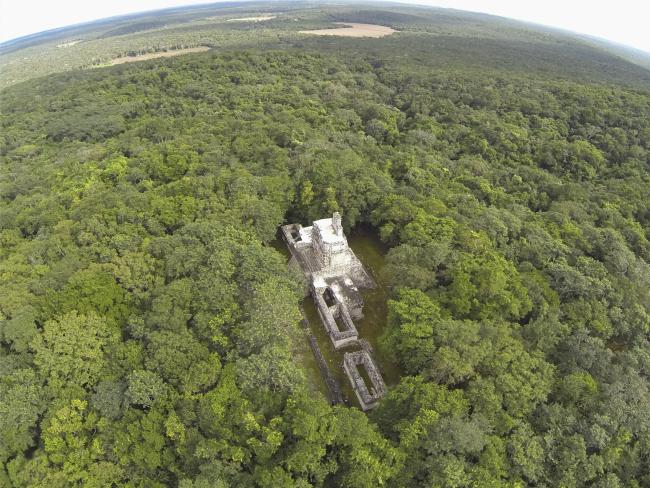
Zonas Arqueológicas
Querende (Cuetlajuchitlán)
Inhabited for 900 years from 600 BC by Olmec and Mezcala culture people. It is constructed with long stone blocks forming plazas, places of worship and a water supply system. A modern highway was forced to go through a 160 foot deep tunnel to avoid damaging the site.
Quiahuiztlán
A Totonac settlement (900-1521 AD), with a marvelous view of the coastal plain. It came under the control of the Toltecs first and later the Mexica. In turn a city, a cemetery (78 tombs were found) and a fortress. This was where Hernán Cortés formed an alliance in order to conquer the Tenochca…
Ranas
Its strategic geographic location allowed it to control trade routes, as well as to exploit the great diversity of ecological and mineral resources found in the region.
San Felipe de los Alzati
An important control point for protection of the Purépecha territory at the border with the Mexicas, populated by the Otomies, their allies, situated on top of the Zirahuatohill and adjoining mountains. Elegant remains of their constructions in the midst of a natural green area.
San Gervasio
The principal Maya city on the island of Cozumel, founded 17 centuries ago, it was part of the intense trade and political network of Chichen Itza. The housing and religious complexes explored to date, together with the altars and pyramids, testify to its importance.
San Lorenzo Tenochtitlan
A very ancient and populous Olmec city. Strategically located along land and river transport routes. Enormous stone boulders were brought from the Sierra de los Tuxtlas, a volcanic mountain range, to make sculptures of colossal heads and thrones. The site began to be abandoned 29 centuries ago…
San Miguel Ixtapan
San Miguel Ixtapan is an elegant city founded around 1900 years ago in the middle of rich salt deposits. It was occupied first by the Otomies and latterly by the Mexica. It has a great ballcourt next to an artificial platform where human burial remains with rich offerings have been found,…
San Miguelito
An ancient city, eight centuries old, where explorers found an impressive palace of the god Chaac, almost 50 burial sites and a great variety of artefacts, some local and others imported from afar (made of obsidian, quartz, ceramic, coral and conch shell), testifying to its commercial importance…
Santa Cecilia Acatitlán
An important lakeside site dependent on Tenayuca, the Chichimec capital. There is an important reconstructed teocalli (pyramid) surmounted by a temple. The original preceded the building of the Great Teocalli of Tenochtitlan. It also houses a large collection of stone sculptures in the Mexica…
Sayil
Notable settlement in the Puuc region, with examples of the particularly fine Puuc architectural style. Remarkable for the Great Palace or North Palace, which displays portions of consistent facades erected at successive stages, over a period of twelve centuries.
Soledad de Maciel
Built from river stones and adobe, this ancient city might once have been as important as Teotihuacan. 2,500 years ago it was the capital of the Costa Grande in the present-day state of Guerrero. Inhabited by Tomils, Cuitlatecs and Tepoztecs, it has a partially excavated ballcourt which could be…
Tabasqueño
Monumental architecture in the Chenes style, the principal structure or Palace-Temple has a superb facade with designs of animals. Its inhabitants had incredible skills for supplying water to the community by drawing from two springs deep in caves as well as constructing a series of chultunes (…

